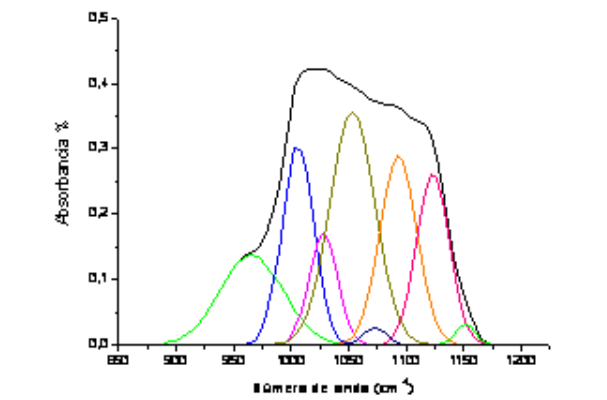Study of the Trabecular Bone through Infrared Spectroscopy
Abstract
A study of bone samples from a healthy subject obtained by iliac crest biopsies analyzed with FT-IR is presented. From the analysis of the spectral bands corresponding to the ν1 and ν3 phosphate vibration modes and the carbonate ν2 are determined the cristallinity/maturity index, the carbonate substitutions (type A and B) ratio on the HA net and the relative amount of carbonate in the sample. The largest value of the cristallinity/maturity index is found in the middle of the trabecula, place where only appears the carbonate absorption maximum corresponding to a type A substitution, and where the largest relative amount of carbonate is obtained as well. The results show the mineral maturity vanishes from the middle of the trabecula into its edges.

This work is licensed under the Creative Commons Attribution-NonCommercial 4.0 International (CC BY-NC 4.0) license.








